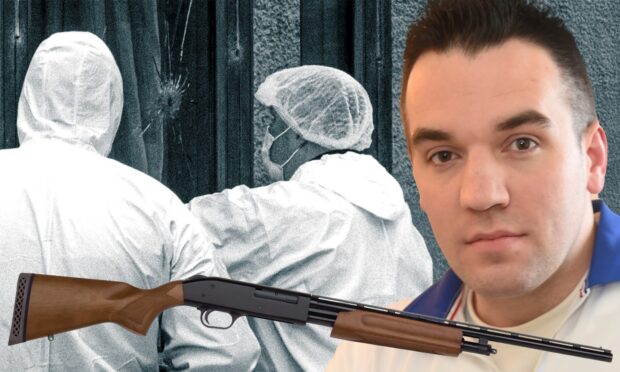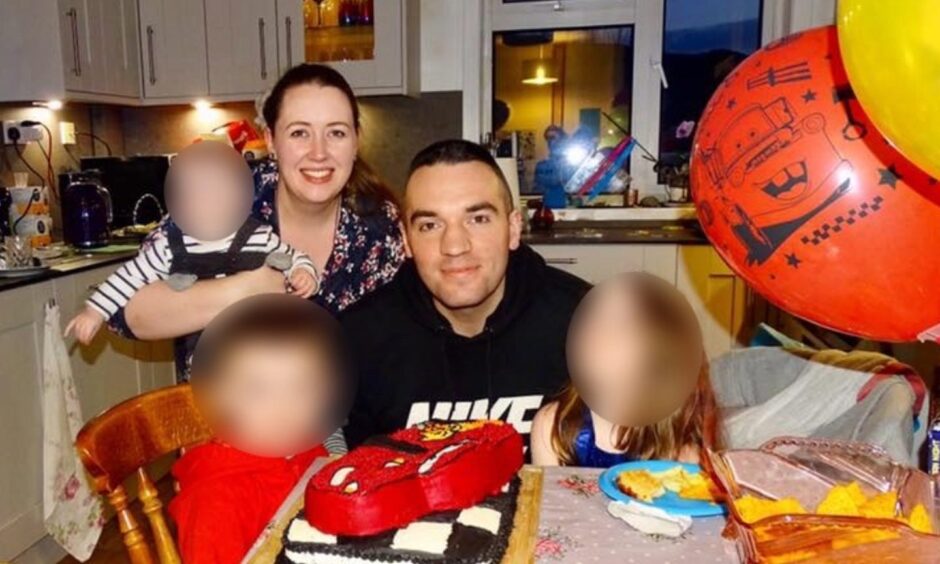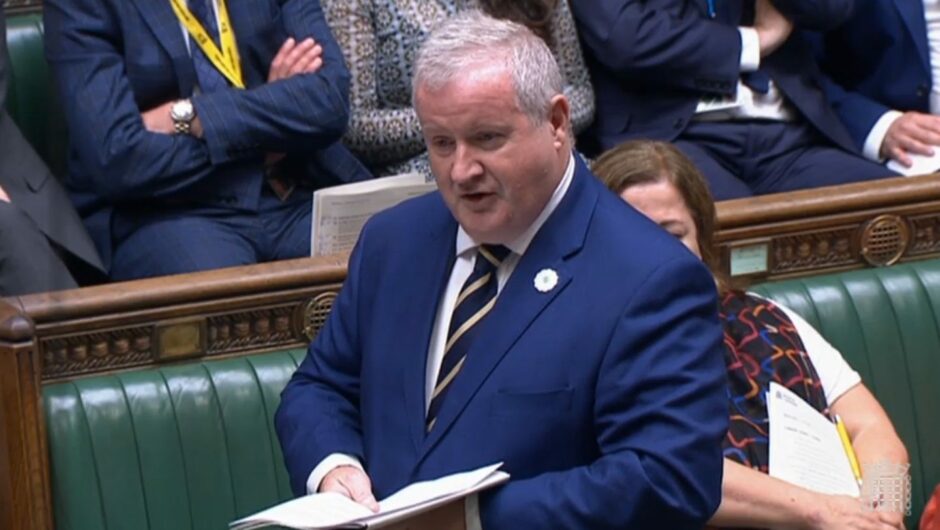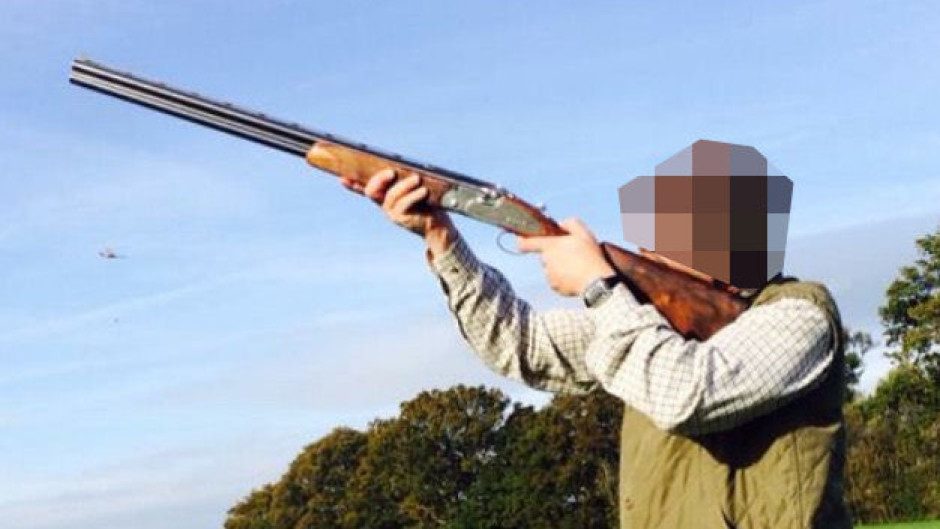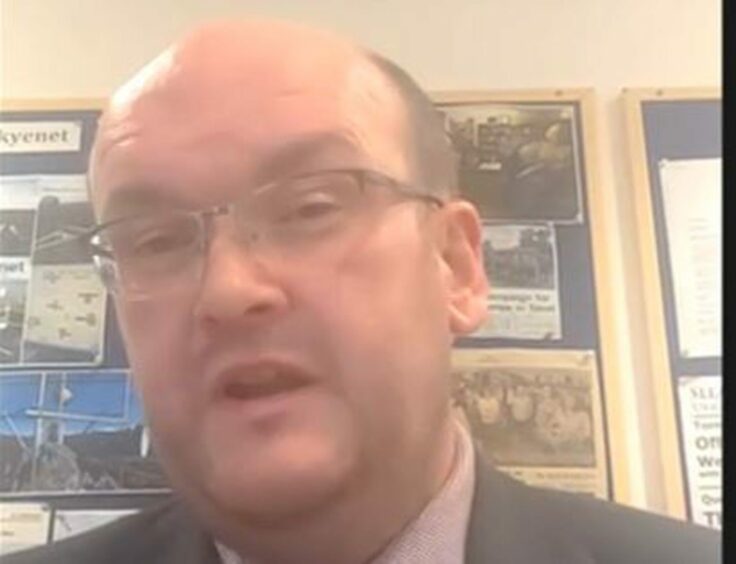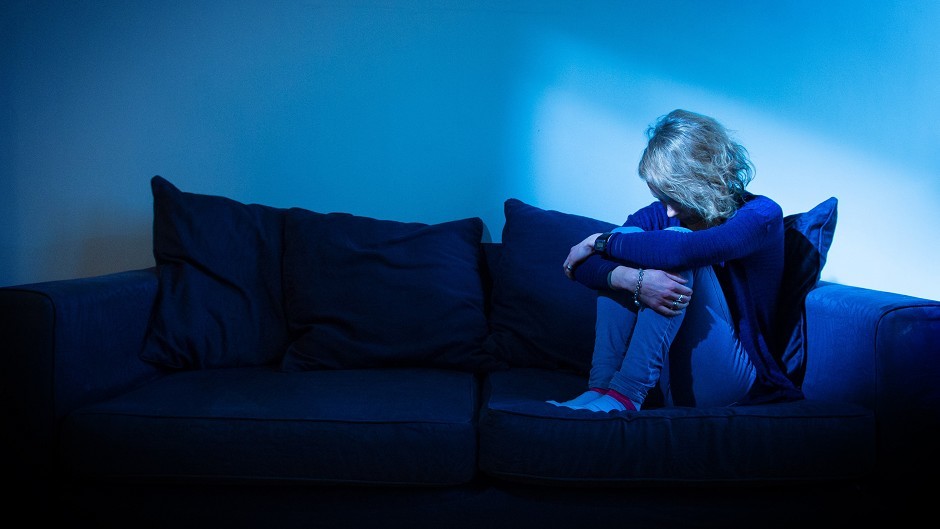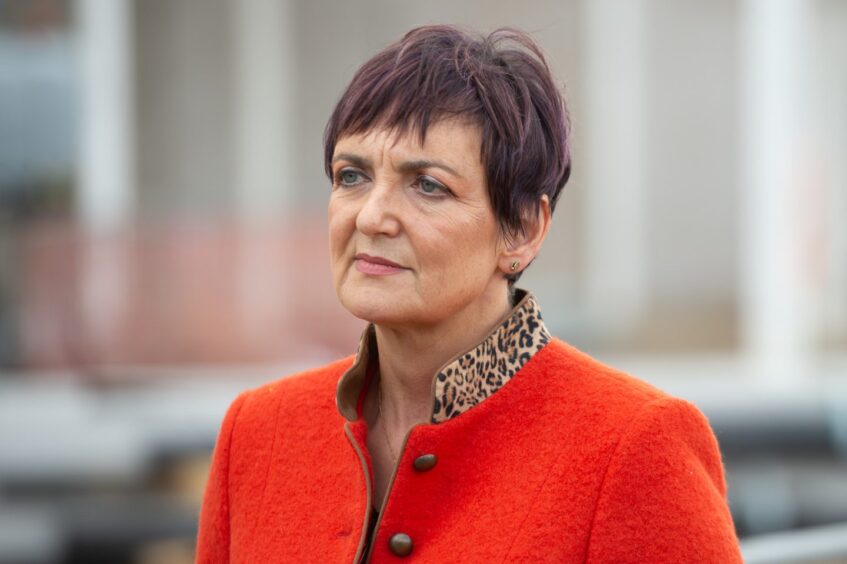When Finlay MacDonald went on a murderous rampage through Skye, he was aided by having access to a shotgun.
You would think that the process of getting and keeping a gun is complex – but experts have raised concerns about how easy it is to get one.
So what was the process when the tragedy happened in 2022? What’s the situation now and what might change?
Our explainer guides you through it.
Why is gun law vital in this case?
In June 2021, MacDonald obtained a gun licence and amassed six shotguns and an air rifle.
Then in June 2022 – two months before the tragedy – MacDonald bought a pump-action shotgun and 1,000 cartridges.
That was the gun he used during the shooting spree.
Ownership required a licence from Police Scotland, renewed every five years.
The licence would have cost him £88 and he was under no obligation to prove he was in a fit state, mentally or physically.
He also didn’t have to say what he needed it for, or get more than one character reference – all requirements for air weapons. So a two-tier system is in place.
We do not know why MacDonald wanted a shotgun, when his licence was up for renewal or what police did to check he posed no threat.
We now know he had undiagnosed mental health problems and that his wife and a friend had heard him make disturbing remarks related to guns and violence.
In the aftermath of the tragedy, politicians, community leaders and those on both sides of the gun control debate have campaigned for measures to ensure this tragedy never happens again.
Who can change things?
The UK Government is responsible for all firearms law in Scotland, except air weapons.
So Downing Street must bring about any change.
All Scottish politicians can do is lobby Westminster for change.
Have they done that lobbying?
Yes. A month after the shooting the then Skye MP Ian Blackford made a plea for action.
So the Scottish Home Affairs Committee (SHAC) took up the task.
SHAC consulted a wide range of people with an interest in gun control, including those who have worked in gun control for decades.
Their panel also included gun control advocates, country sport representatives, police leaders, Scottish Government leaders and the pastor for Sleat and Strath, Gordon Matheson.
SHAC spoke to those people and more and compiled a 42-page report in December 2022.
What does the report say?
SHAC members were unable to reference the case directly as it was still working its way through the court system.
But they looked at a range of weaknesses in the system by which someone can get a gun.
SHAC recommended 25 changes to make the system more robust.
Does that include removing the two-tier system?
Most witnesses who spoke to SHAC oppose the current two-tier system.
It is not known why someone must get two references for an air weapon, but only one for a shotgun, when both can be lethal.
And SHAC also questioned why air weapon owners must prove they have a good reason for ownership, whereas shotgun owners don’t – unless police proactively prove there is no good reason.
A knock-on effect of this discrepancy is that it’s a lot harder for police to revoke a shotgun licence, if you can’t measure if the ‘good reason’ given on application still exists.
SHAC recommended the UK Government stop this disparity.
What about the role GPs play?
Police Scotland informally introduced mental-health checks of gun owners in 2016.
That system became formal in 2021 when gun applicants were required to get a medical certificate from their GP.
It is hard to know if that put people off applying for a licence or renewal, as the number of applicants already varies widely each year.
Sometimes it is 4,000, sometimes it is 10,000.
Witnesses expressed concerns to SHAC about the system in which GPs flag concerns about gun owners.
The British Shooting Sports Council told SHAC the flagging system is “unacceptably weak”.
This is partly because a gun owner who disagrees with their GP can just register with another.
So SHAC recommended the UK Government review the system so GPs talk more to police.
Does the reference system work?
SHAC doesn’t think so.
It wants Westminster to tighten it up as it could be open to abuse.
Reverend Matheson told SHAC that people who want a gun licence simply scout around until they find someone willing to give them a reference.
He said: “They can trawl around as long as you like until you find a couple of people willing to give you a reference.”
Fraser Lamb, firearms licensing adviser for the Scottish Association for Country Sports and a former Police Scotland head of firearms, told SHAC that applicants just ask people they know will say ‘yes’.
He said: “You are not going to ask someone who is not going to give you a reference.
“In the four years that I was a firearms licenser, there was only one occasion when the referee raised a concern.”
Rev Matheson said rural residents feel “an awful lot of pressure” to be someone’s referee even if they have reservations.
SHAC recommended the UK Government review the referee system.
Do people’s partners get a say?
Currently – no.
But SHAC wants Westminster to consider if Canada’s system is the best.
In Canada, the applicant’s partner must countersign the paperwork.
SHAC’s report said: “This could involve police interviewing individual’s present and former conjugal partners as a routine part of firearms licence applications and renewals, to confirm that the individual is suitable to own firearms.”
Should licences be reviewed only twice a decade?
Gun owners must renew their licence every five years.
Some witnesses told SHAC it should be every 10 years, to free up police resources.
But SHAC said this might harm policing and suggested the current time period remain – but be reviewed if a new system for assessing the mental health of gun owners in introduced.
However, it also suggested looking into whether there should be more interim checks.
The British Shooting Sports Council told SHAC that such checks “should ensure continuous monitoring of the medical fitness of an individual to possess firearms throughout a certificate’s five-year life”.
However, two other witnesses said they believe checks are sufficient.
British Association for Shooting and Conservation Scottish director Dr Colin Shedden said gun owners are “under practical 24-hour-a-day surveillance now”.
Dr John Thorogood, who has held firearms licences in Scotland for more than 40 years, said police currently check the social media posts of gun owners and that current checks are sufficient.
Skye MP Angus MacDonald told us that police can also make unannounced calls at the properties of gun owners to check they are okay and that weapons are stored safely.
Would a buddy system work?
SHAC thinks so.
Witnesses told SHAC that gun owners are wary of sharing mental health concerns to their GP, but might tell a friend.
SHAC recommended the formation of a ‘buddy’ system, in which gun owners check in with each other about how they are feeling – perhaps within shooting organisations sports clubs or workplaces.
It also recommended helping shooting clubs promote mental health support resources.
Can whistleblowers report concerns?
Like with anything related to crime, people can report non-emergency incidents on 101.
But there is no guarantee the operator will have specialist firearms knowledge.
SHAC recommended the UK Government consider creating a ‘fast track’ service within 101 so whistleblowers can speak with staff with firearms expertise.
Similar systems are already in place for mountain and sea rescue services.
SHAC also wants Westminster to advertise whistleblowing services more widely.
It also recommended ensuring applicants share a unique reference number with referees so they can report concerns easily.
Do communities get support after a shooting?
SHAC heard that shooting tragedies – though extremely rare – are more likely to happen in rural communities where support can be lacking.
So SHAC recommended the UK and Scottish governments put mental-health resources like counselling in place in remote rural communities following such tragedies.
What’s happening with all those recommendations?
The Home Office called a consultation, which ended in August 2023.
A Home Office spokesman told us: “We are currently considering our response to the consultation and will respond in due course.”
What does Holyrood think?
The Scottish Government told us it supported SHAC’s 25 recommendations and wrote to Westminster to say so – and to welcome the consultation.
But there is a problem.
One of the most important recommendations was closing the two-tier system between shotguns and air weapons.
Scottish Justice Secretary Angela Constance is irked that Westminster has dropped that idea.
A Scottish Government spokeswoman said: “The letter regretted that the consultation did not consider (this) key recommendation – on the basis that shotguns are no less lethal.”
This disagreement could trigger a political battle between Holyrood and Westminster.
Pete Wishart MP, who chaired SHAC at the time the report was written, told us: “There is a sense of disappointment and frustration that that recommendation has been dropped.
“It was a really well-considered report.
“I felt what we came up with was a way forward that would deal with some of the concerns and anxieties around gun licensing while respecting those who continue to use firearms responsibly.”
What happens next?
The Police Investigation and Review Commissioner (PIRC) investigated the Skye shooting and has sent two reports to the Crown Office, which is considering them.
Any action or conclusion resulting from those reports might influence whether the UK Government makes changes or if Police Scotland changes its licensing guidelines.
Otherwise, it’s up to the UK Government to introduce any changes as it sees fit, having taken into account of SHAC’s recommendations and the consultation.
Mr Wishart said: “What frustrates me more than everything else is that we presented our report to the UK Government in 2022 and people have expressed their opinions and concerns and it looks like they haven’t done anything with it.”
He conceded that the change of government, the progression of the Skye shooting court case and the pending PIRC report might all be factors in the delay, but called for decisions to be made soon.
